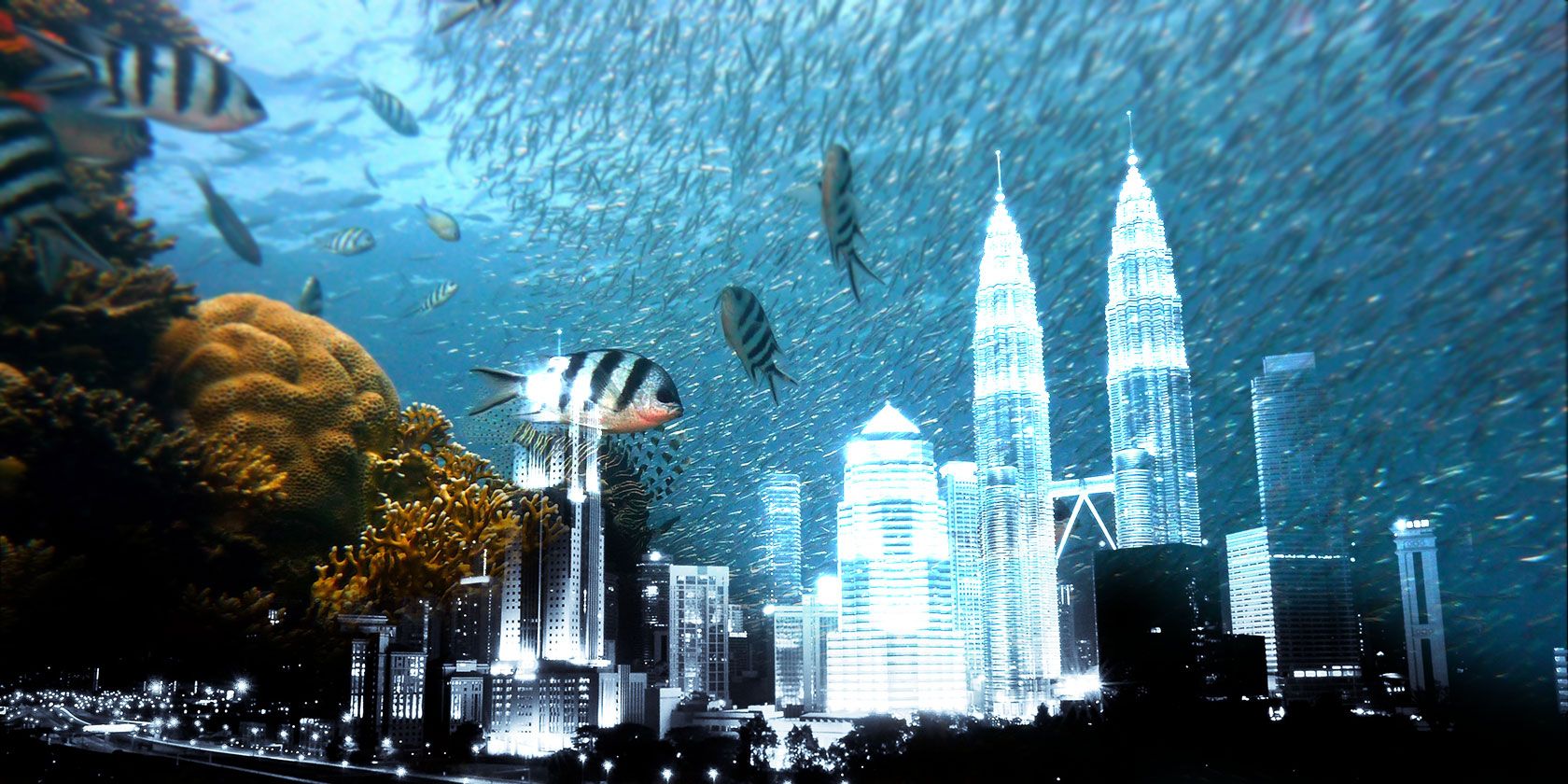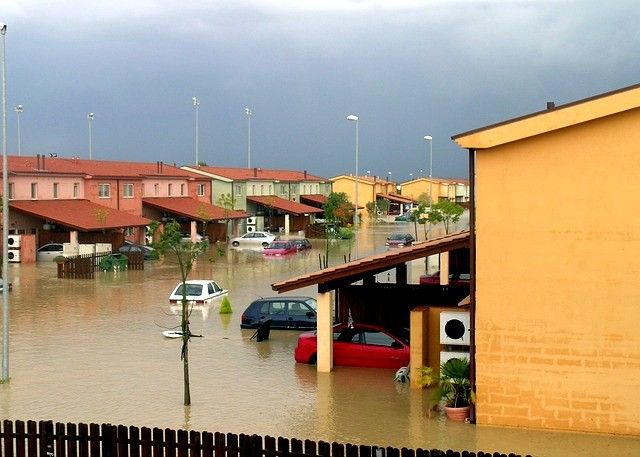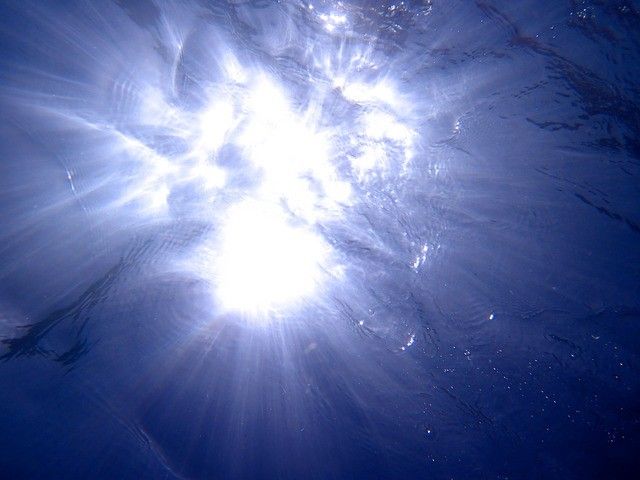You've seen the headlines:
"UN Urges People to Eat Insects to Fight World Hunger"
"9 Popular Cities Losing War with Rising Seas"
"Amsterdam Has Officially Run Out of Spaces to Park Its Bicycles"
The fallout of overpopulation and climate change is everywhere. Could underwater cities be a realistic strategy for controlling (or even reversing) the damage?
A look at history reveals many cities that met their end at the hands of the sea. Rising sea levels are pushing places like London, Maldives, New Orleans, Bangkok, and Shanghai toward a similar fate. Google even came up with a simulation showing floods in various cities. It isn't the most conventional way to go green, but in light of such scary scenarios, the idea of exploring the oceans as a potential housing option looks a lot more reasonable.
But can we adapt the earth's water bodies for longterm living? The designers of various underwater inhabitation projects are putting in plenty of hard work to prove we can.
Why Underwater Cities?
Here are some of the "on-land" problems that scientists, futurists, and architects hope to address with their plans for underwater colonies:
- The imbalance in the earth's biosphere, fueled by climate change
- Housing shortages, brought on by overpopulation
- Susceptibility to natural disasters like earthquakes, volcanic eruptions, hurricanes, and floods
- The lack of clean, sustainable energy sources
- Food and water scarcity, once again the result of overpopulation and depleting resources
There are other emerging technologies aimed at tackling such problems. But the vast potential of oceanic resources promises to provide more sustainable solutions. We will need some technological advances for tasks like building emergency evacuation systems and optimizing the impact of natural sunlight beneath the water's surface.
Let's take a look at some of the designs for underwater cities that are making waves (excuse the pun). As far-fetched as it sounds, we could be living in cities like these in the future.
Blue Garden
The Japanese construction firm Shimizu Corporation has proposed the world's first underwater city, christened Blue Garden. It will be enclosed in a transparent dome placed atop a 9-mile-long spiral connected to the ocean floor. The city will house a 5000-strong community amid a network of residential zones, hotels, and business structures. The entire city setup, also known as Ocean Spiral, will be self-sustaining, with plans in place for:
- Generating power, by utilizing the variations in the temperature of the ocean water
- Producing potable water, by using the hydraulic pressure for desalination
- Reducing the harmful effects of CO2, by harnessing the ability of micro-organisms to convert CO2 to methane
- Aquaculture, farming the sea for nutrients and material resources
Along the spiral there will be multiple submersible hubs of activity. These will monitor the marine environment, mine materials from the ocean floor, supply water and electricity to the dome, etc. Most of the time, the city will stay only half-submerged to maximize the use of sunlight. But, when bad weather conditions strike, the entire dome will be pulled under the waves.
The project will no doubt be expensive, and will take five years to reach completion. But if things go as planned, you (well, someone) will get to live in Blue Garden as early as 2030.
Water-Scraper
Sarly Adre Bin Sarkum from Malaysia designed Water-Scraper, a self-sufficient inverted skyscraper that reaches into the depths of the ocean. His creation earned him a special mention at the eVolo 2010 Skyscraper Competition.
"We envision a future where land as a resource will be scarce; it is only natural progression that we create our own. Approximately 71% of the Earth’s surface is ocean, even more if climate change has its way, hence it is only natural progression that we will populate the seas someday. We picture a new metapolis, created from a collection of hO2+ scrapers, as a city that does not consume nature but creates and produces nature. In the end becoming H2O+ Cities."
~ Water-Scraper: Underwater Architecture, eVolo 2010 Skyscraper Competition
Capped with a small forest, the structure is capable of holding several thousands of people in its depths. Said people can live, work, and play as usual, while their home takes care of everything from generating electricity, to growing food, to managing waste. A combination of ballasts and man-made tentacles keeps the building upright. The components of Water-Scraper are arranged to optimize their use of external resources such as wind power.
Sub-Biosphere 2
Sub-Biosphere 2, a network of eight spherical pods designed for underwater living, is the brain child of British futurologist and concept designer Philip Pauley. The pods are set up in a circular fashion, and controlled by a central pod that ensures the supply of air, electricity, food, and water to them. What's interesting is that different pods mimic the environmental states of different climatic zones on earth. For example, there's an "Arctic" pod and an "Antarctic" pod.
The structure is capable of accommodating a hundred people. It's designed to traverse vertically, enabling it to be shifted below the waves during extreme weather conditions like storms. Pauley calls his creation the "original self-sustainable underwater habitat". It won him a Green GOOD DESIGN award in 2014.
As part of his efforts to raise funds for and awareness about this project as well as longterm underwater living, Pauley has created a sci-fi book series for young adults, titled Moral Order.
When Will Underwater Cities Become Reality?
There already are functioning research facilities, resorts, and hotels based inside seas and oceans. But the idea of underwater buildings as permanent residential facilities is yet to catch on. Projects based on this concept, being complex, unconventional, and expensive, lack the kind of support and funding they need to come to fruition. Their success seems to hinge on our collective will to move things forward.
"I was 27 when I went on my first long, deep dive, and I’m now 74 years old. I’ve spent 40-something years trying to unlock the idea of living under the sea. The only real motivation is if we destroyed the air environment up here and were forced to leave because we couldn’t live in it. Or if we started picking up gold nuggets from the bottom. Then it would be done in a heartbeat."
~ Ian Koblick, Founder of the Marine Resources Development Foundation (MRDF), Will we ever... live in underwater cities?
Our living conditions are headed in an unfavorable direction, and sooner or later we will need to consider the oceans as a serious housing option. For our own sake, let's hope underwater cities turn out to be a viable, scalable solution. But we must take care not to treat the oceans as we have been treating the earth - carelessly.
Does the idea of an underwater city fascinate you or freak you out? Do you see yourself living in an underwater city in your lifetime? Share your thoughts below.



